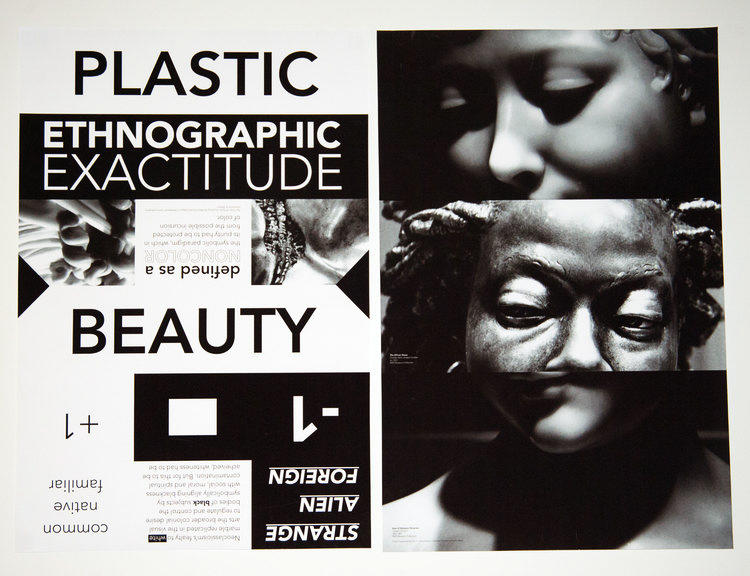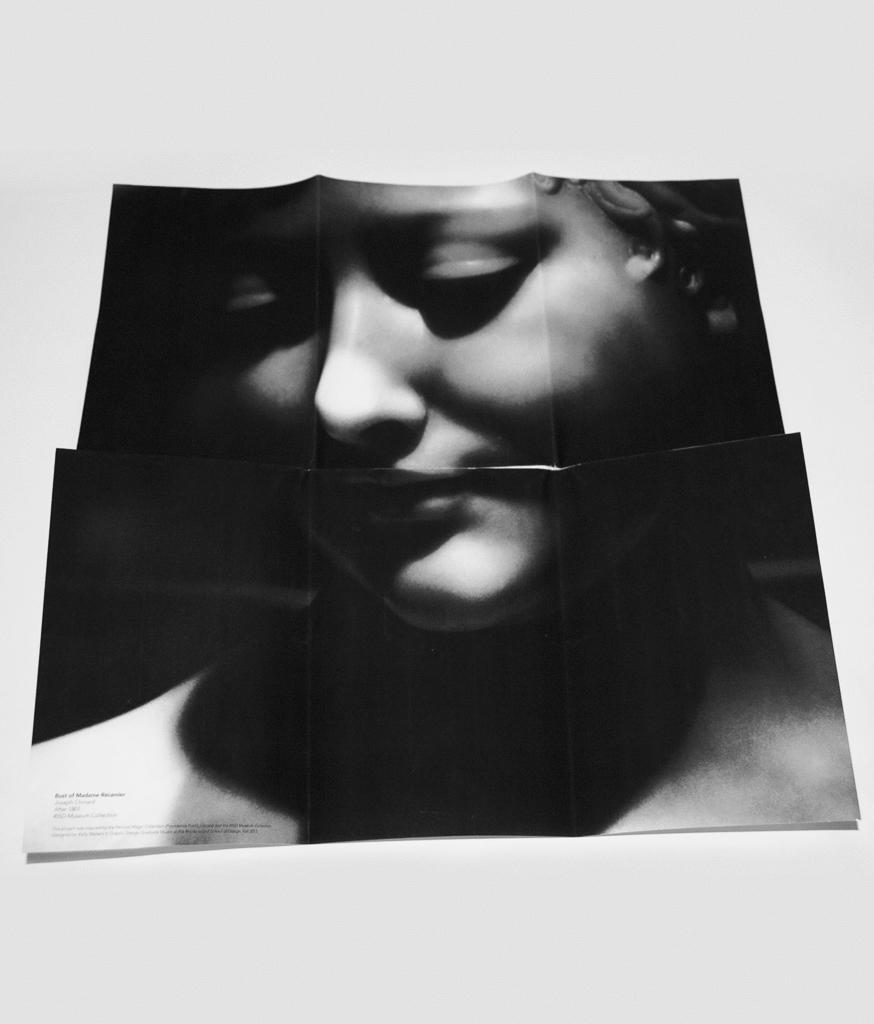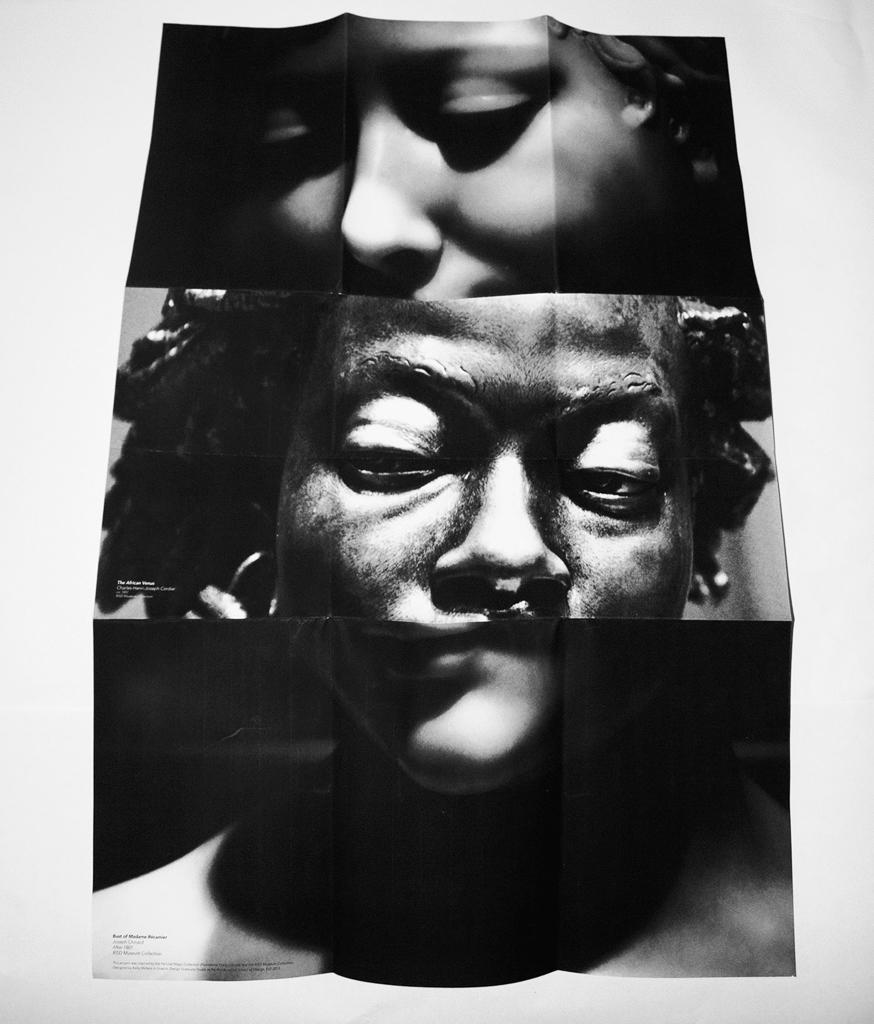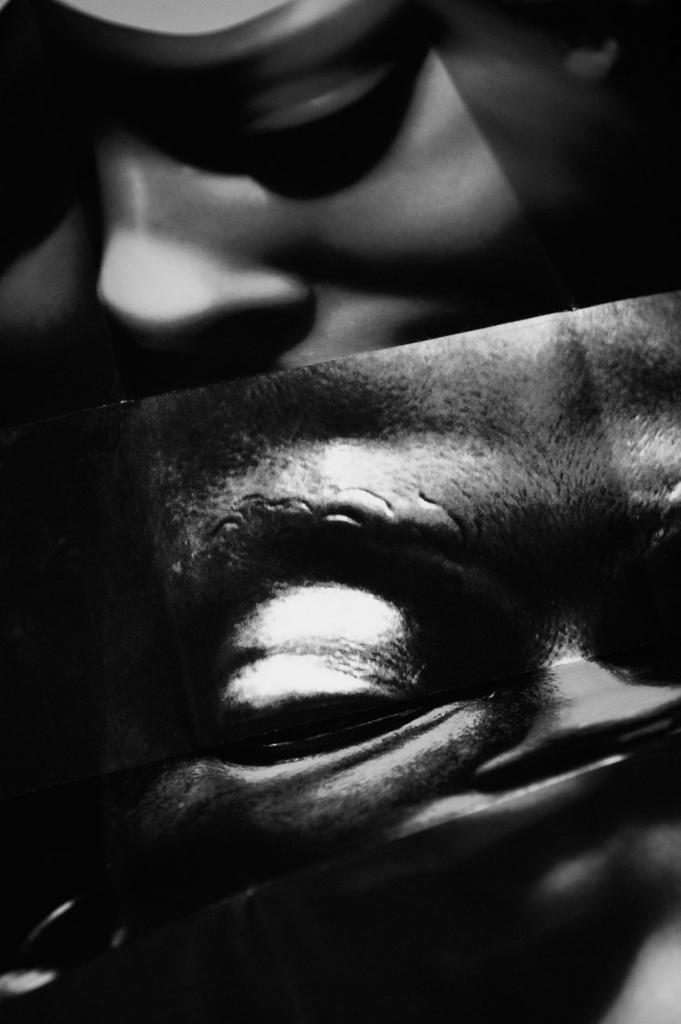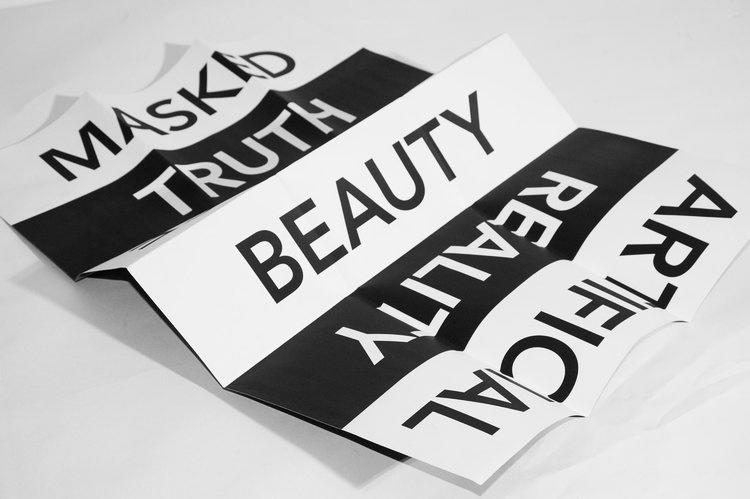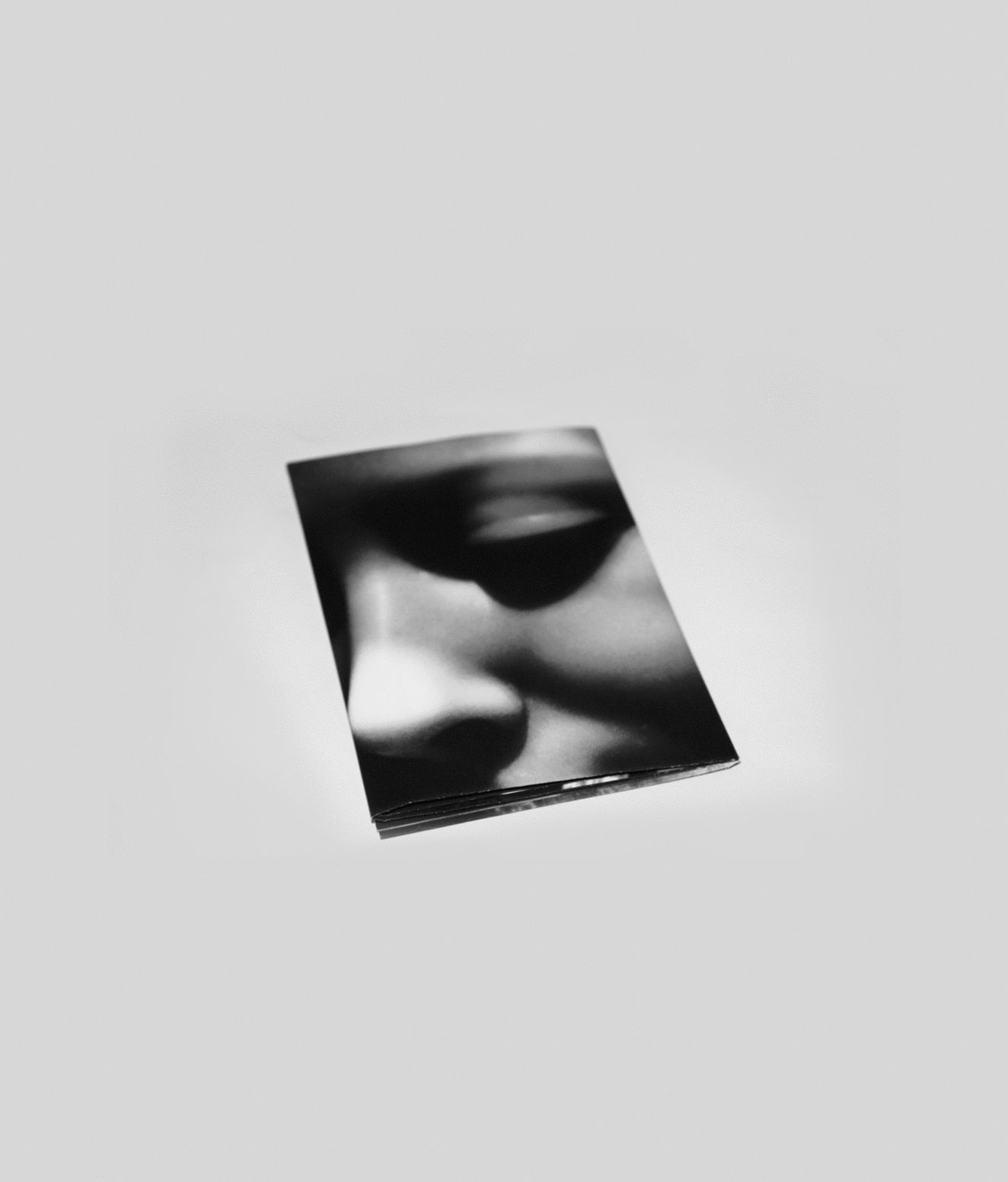In my first semester at RISD, our studio class visited the RISD Museum with the expectation that we find an object we were drawn to within the collection. Wandering from room to room, very little offered the type inspiration I was looking for, until I came across two sculptural busts facing each on the second floor. Encased inside Plexiglas were the figural busts of two women. One was composed of marble while the other was a mixture of bronze, silver, and gold. Both busts were strikingly different yet oddly similar, and their accompanying wall label descriptions added further intrigue to my discovery:
Bust of Madame Récamier, after 1801 Joseph Chinard
Juliette Recamier was a renowned hostess of French society during the decades following the French Revolution and through the rise of Napoleon I… . This marble bust … portrays her in the full flower of her beauty. Her downcast eyes and the faint smile on her lips were intended to communicate her modesty, while her upswept hair, encircled by a wide bandeau and held with a jeweled comb, represents the classicized elegance of feminine style during the Napoleonic era.
The African Venus, ca. 1851 Charles-Henri-Joseph Cordier
This sculpture, called “the African Venus” by a French critic, was designed by Charles Cordier as a companion to a male portrait bust of a fictional “Said Abdullah of the Mayac Tribe, Kingdom of Darfour.” Both characters were modeled from life in Cordier’s studio and were early examples of his determination “to discover the different human types which come together to form a single people” … The subject of an African Venus would have appealed to a predominantly male audience attracted by myths of availability associated with women of foreign cultures. The model’s heavy-lidded eyes, parted lips, and lightweight drapery reinforce such stereotypes, but the realism and carriage of the figure’s head create a strong impression of individuality and dignity.
In the African Venus by Charles-Henri-Joseph Cordier, the realism of her body surface, the detailed nature of her pores, the arrangement of her twisted locks and the draped fabric around her torso were fascinating. At the same time, the Bust of Madame Récamier, only two feet away, by Joseph Chinard, appeared to have this untouched “purity” due to the smooth milkiness of her skin texture. In questioning the physical characteristics that made them “elegant,” “pure”, or “real,” Hidden Beauty began to highlight these late 19th-century notions of exoticism and beauty through the creation of a folded broadsheet poster. After taking close-up images of the busts, it was important to work with the folds of the paper to hide and reveal parts of each image. On the reverse side, large bold uppercase typography is used emphasize the language used on the wall label and the physical qualities of the bust themselves.
Kelly Walters
RISD MFA 2015, Graphic Design
